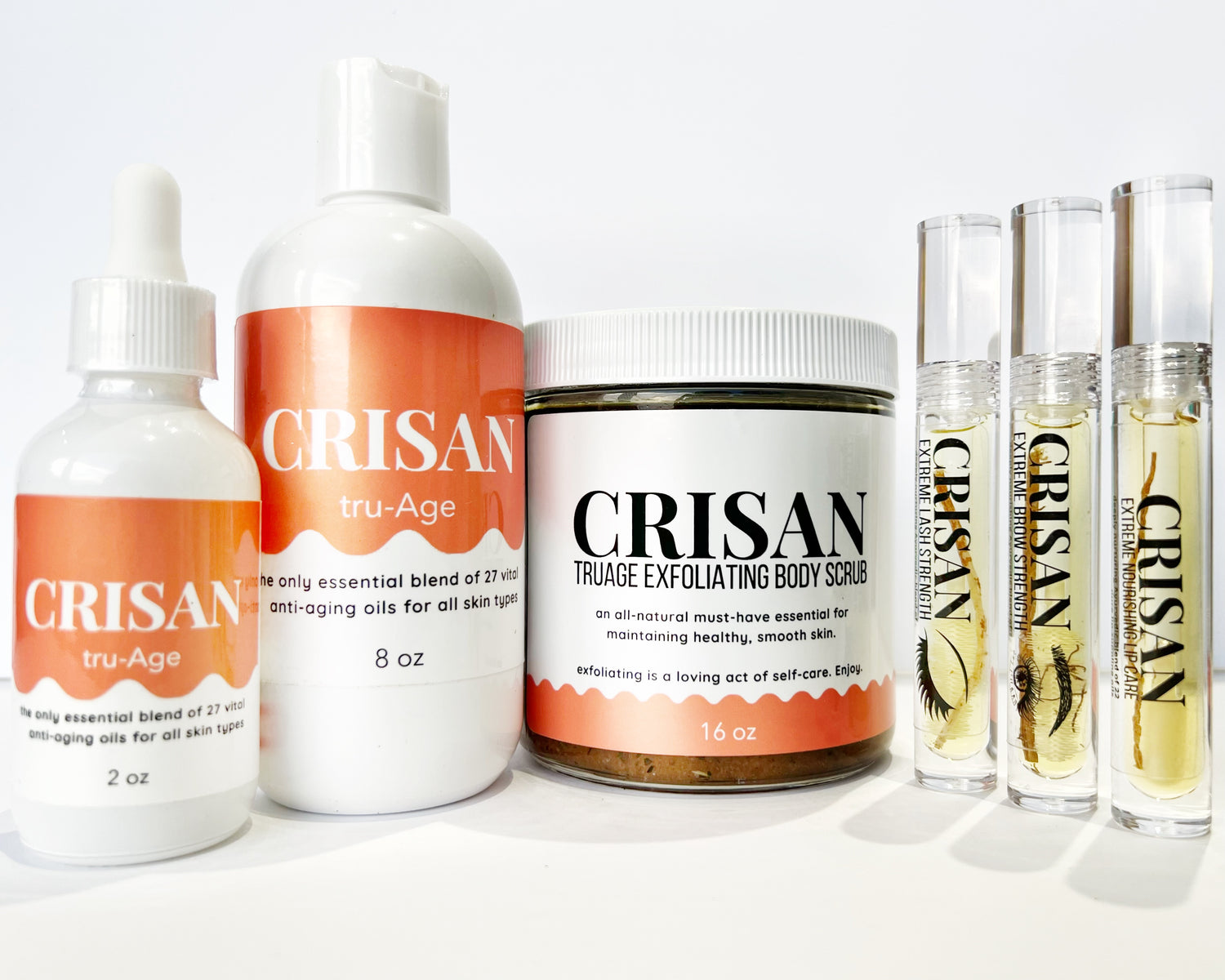Vitamin D is So Important for Your Hair. Here's Why:
Research shows that a lack of vitamin D in your body can lead to hair loss. One role vitamin D plays is stimulating new and old hair follicles. When the body doesn't have enough vitamin D, keratinocytes in hair follicles have trouble regulating hair growth and shedding. I want to show you the connection between vitamin D deficiency and hair loss.
Right beneath your skin, you have follicles. These are like the roots of your hair. On the root area, you have sebaceous glands, which produce an oily, waxy substance that protects your hair.
Both the sebaceous glands and the follicles have vitamin D receptors.
There are various hair growth stages. One of these stages is called anagen—this is the new hair growth stage.
The anagen phase is dependent on vitamin D.
Your hair follicles are like small organs. Each is made up of 20 different cell types that regulate the growth of the hair. Hormones, immune cells, and proteins also play important roles in the hair growth process.
In cases of both alopecia and general hair loss in women, research has found that a mutation of the vitamin D receptors (VDR) could be the cause of the problem. This VDR mutation blocks your ability to absorb vitamin D into your hair follicles.
The key is to get more vitamin D. It's ideal to have at least 10,000 IUs of vitamin D daily.
6 Good Sources of Vitamin D for Vegetarians
Vitamin D, also known as the sunshine vitamin, is a fat-soluble vitamin essential for optimal health. Yet, very few foods contain this vitamin, and those that do are mostly animal products. Thus, it can be difficult to get enough of this nutrient from your diet, particularly if you’re vegetarian or vegan.
At the same time, a handful of foods and techniques can give you a boost.
Here are 6 good sources of vitamin D for vegetarians — some of which are suitable for vegans, too.

Your skin can produce vitamin D when exposed to the sun’s ultraviolet B (UVB) rays. Most people get at least some of their vitamin D this way. Noon is typically the best time to get these Vitamin-D boosting rays, however try to limit your time in the sun to no more than fifteen minutes as prolonged sun exposure has been linked to an increase in cancer.
Also, if you are trying to avoid wrinkles on your face, wear a wide brimmed hat and apply plenty of the CRISAN truAge Facial oil prior to stepping out in the sun. A 10-15 minute facial massage while you are absorbing vitamin d is going to set the stage for excellent skin health.
Mushrooms have the unique ability to make vitamin D when exposed to UV light. This makes them the only edible plant source of vitamin D. UV-exposed mushrooms contain varying levels of vitamin D and appear to be as effective at raising vitamin D levels as supplements. However, most conventionally grown mushrooms aren’t exposed to UV rays and harbor very little of this vitamin.
Egg yolks provide vitamin D, though their specific amounts rely greatly on the chicken’s diet and access to the outdoors.
Cheese is a natural source of vitamin D, albeit in very small amounts.
Fontina, Monterey, and Cheddar cheeses boast more, while mozzarella has less. Soft types like cottage, ricotta, or cream cheeses offer almost no vitamin D.
Numerous common foods and beverages, including dairy and nondairy milks, as well as some cereals, are fortified with vitamin D. Because standards vary between countries, it’s best to read the label carefully.
Due to inconsistent fortification standards between countries, checking a food’s ingredient list or nutrition label remain the best way to verify whether it’s fortified in vitamin D and how much it contains.
If you’re concerned you may not be getting enough vitamin D from your diet, supplements can act as a reliable and consistent source. These come in two forms:
- Vitamin D2: typically harvested from yeast or mushrooms exposed to UV rays
- Vitamin D3: usually derived from fish oil or sheep’s wool, with vegan forms more recently developed from lichen
When taken in large doses of 50,000 IU (1,250 mcg) or more, vitamin D3 appears to be more effective at raising and maintaining high blood levels of vitamin D than D2.
Yet, when taken in smaller, daily doses, the advantage of D3 over D2 appears to be much smaller.
Supplements are a reliable and consistent source of vitamin D. They’re best consumed in combination with fatty foods and shouldn’t be taken in amounts exceeding the RDI for extended periods.
Although vitamin D plays several crucial roles in your body, few foods naturally contain it — and vegetarian or vegan sources are especially sparse.
Spending time in the sunshine is a great way to boost your levels, but this isn’t possible for everyone.
As such, you can try foods like wild mushrooms, egg yolks, or items enriched with vitamin D. Supplements are another option.
If you’re concerned that you may have low levels of this vitamin, speak with your healthcare provider.



















